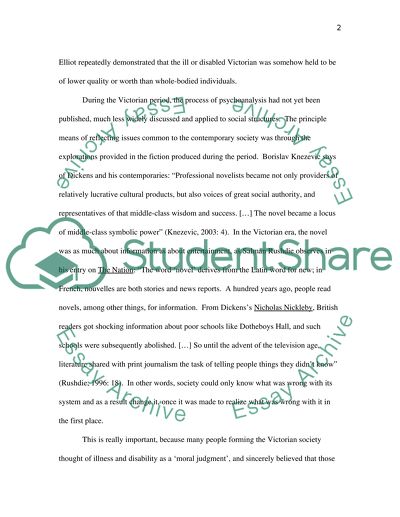Cite this document
(“The represesentation of disability and illness in Victorian England Essay”, n.d.)
Retrieved from https://studentshare.org/miscellaneous/1553908-the-represesentation-of-disability-and-illness-in-victorian-england-novels
Retrieved from https://studentshare.org/miscellaneous/1553908-the-represesentation-of-disability-and-illness-in-victorian-england-novels
(The Represesentation of Disability and Illness in Victorian England Essay)
https://studentshare.org/miscellaneous/1553908-the-represesentation-of-disability-and-illness-in-victorian-england-novels.
https://studentshare.org/miscellaneous/1553908-the-represesentation-of-disability-and-illness-in-victorian-england-novels.
“The Represesentation of Disability and Illness in Victorian England Essay”, n.d. https://studentshare.org/miscellaneous/1553908-the-represesentation-of-disability-and-illness-in-victorian-england-novels.


